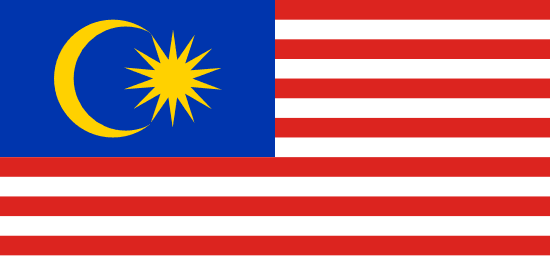"Langkawi, Kedah – Kedah Serata-Rata | Langkawi, Kedah - Kedah All Over"
About:
Langkawi, an archipelago in Malaysia, has a history dating back to the 14th century when it was under the influence of the Siamese and Malaccan sultanates. It later fell under British rule in the 19th century. Post-independence in 1957, Langkawi developed into a major tourist destination. In 2007, it was recognized as a UNESCO Global Geopark. Today, it's known for its natural beauty, rich wildlife, and cultural heritage.
When to visit:
Langkawi, an archipelago in Malaysia, experiences a tropical climate with two distinct seasons - the dry season and the wet season. For ideal weather conditions and a pleasant holiday experience, it is recommended to visit Langkawi during the dry season which typically occurs from November to March. During this time, the weather is generally sunny with low humidity levels, making it perfect for outdoor activities such as beach hopping, island hopping, and exploring the lush rainforests. Visitors can enjoy the clear skies, calm seas, and stunning sunsets that Langkawi has to offer during this period.
When to avoid:
The worst time to travel to Langkawi, Malaysia on a holiday would generally be during the monsoon season, which typically occurs from September to October. During this time, the island experiences heavy rainfall and thunderstorms, which can disrupt outdoor activities and beach leisure. The rough seas and strong winds may also lead to the cancellation of boat tours and water sports. It is advisable to avoid visiting Langkawi during the monsoon season to ensure a more enjoyable and hassle-free holiday experience.
Monsoon Season (Sep-Feb)
Langkawi, Malaysia experiences its wettest season from September to October. During this period, average temperatures range from 23°C to 30°C. Rainfall is abundant, with an average of 344mm in September. The island sees less sunlight, with around 6 hours per day, and increased cloud cover. An average day for a visitor might involve intermittent showers and overcast skies, but the rain often brings a refreshing coolness. Despite the weather, indoor activities and exploring the island's lush, green landscapes post-rain can still offer a unique experience.
Hot Season (January-April)
The warmest part of the year in Langkawi, Malaysia, typically extends from March to October, with temperatures ranging from 30°C to 35°C. This period is characterized by high humidity levels, often exceeding 80%, making the weather feel even hotter.
Rainfall is relatively low during these months, especially from June to August, but occasional showers can still occur. These showers are usually brief and provide a refreshing break from the heat.
Sunlight is abundant during this period, with an average of 8 hours of sunshine per day. This makes for long, bright, and sunny days, perfect for exploring the island's beautiful beaches and lush rainforests.
Cloudiness varies, but clear or partly cloudy days are more common.
For a visitor, a typical day during the warmest part of the year in Langkawi would feel hot and humid, particularly in the afternoon. Mornings and evenings are a bit cooler and more comfortable. Despite the high temperatures, the abundant sunshine and occasional rain showers make it a great time for outdoor activities and sightseeing.
Language:
In Langkawi, Malaysia, the most commonly spoken language is Malay, which is the national language of the country. English is also widely understood and spoken by a significant portion of the population, especially in the tourism and hospitality industries. Additionally, due to the multicultural nature of Malaysia, other languages such as Chinese (Mandarin and Cantonese) and Tamil may also be spoken.




